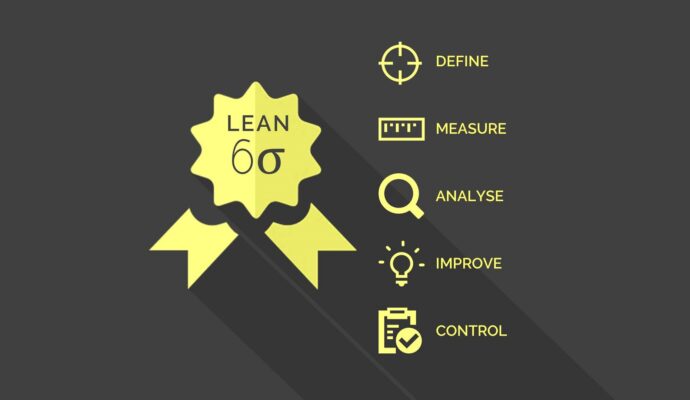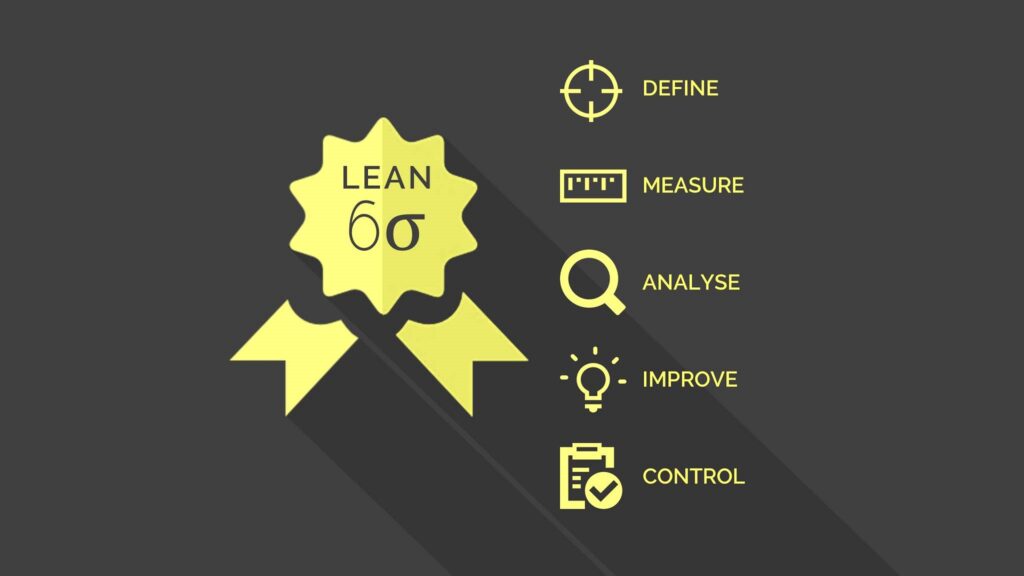Mississippi Lean Six Sigma Yellow Belt Training and Certification
Contact Us

The value of Six Sigma knowledge in the workplace cannot be overstated. Six Sigma methodologies have aided companies in a variety of ways, from assisting in the effective execution of programs and improving efficiency to reducing duplication and costs in various sectors. Among the major companies that profit from Six Sigma practices are 3M, Amazon.com, Boeing, Dell, and Wipro.
Professionals that are trained and certified are in higher demand. Certified Six Sigma professionals are expected to raise $15,000 more a month than non-certified Six Sigma professionals. This equates to over $165,000 a year!
As a novice embarking down the road to certification, you can find yourself embroiled in a sea of questions as to the best approach to learn about the certificate, what expert Belt to choose, what each level of certification focuses on, and many others. At Lean Six Sigma Experts of Mississippi, we’ve got your back.

The Six Sigma Yellow Belt Certification in Mississippi
The Six Sigma Yellow Belt Certification is for those who are new to the Six Sigma environment and have a minor organizational status, interest, or need to improve fundamental skills. Six Sigma Yellow Belt Training and Certification is offered online by Lean Six Sigma Experts of Mississippi. The entry-level certification in Six Sigma is Yellow Belt. Six Sigma is a step-by-step process of methodologies and statistical approaches that assist companies in determining the business processes that need attention, identifying root causes of problems, and maintaining gains in changes. Now is the time to sign up for the exam!
Yellow Belt Certification in Six Sigma (Lean) assists a student in mastering the fundamentals of the Lean Six Sigma methodology. In a technical and supportive manner, this certification teaches the implementation, performance, comprehension, and implementation of Lean Six Sigma. Yellow Belt specialists will effectively participate in the project, as a project team member, assisting Green and Black Belts in maintaining project performance. He is in control of leading Lean technologies and strategies-based fundamental improvement projects.
FAQ’s On Lean And Six Sigma
Do you have a query about Lean, Six Sigma, or another topic? If you can’t find the answer to your question in our Lean and Six Sigma FAQ sites, please get in touch with us. We’d be happy to allay any concerns you might have, and who knows, maybe we’ll include it in our general Lean and Six Sigma FAQs in the future.
Motorola developed Six Sigma, a collection of process control approaches and techniques. Six Sigma aims to improve process performance quality by identifying and reducing the causes of faults (errors) in manufacturing and market processes, as well as growing ambiguity. A: Project scope Black Belt – Black Belt project managers are in charge of team training and coaching. Green Belt – Assists the Black Belt in problem-solving and analysis. This person is in charge of Green Belt Projects and Teams. Black Belt and Green Belt Coaches (under the supervision of a Master Black Belt) - Establish vital benchmarks and a conceptual blueprint for the Six Sigma program under the guidance of a Master Black Belt. Yellow and White Belts – Assist in local problem-solving efforts and work as part of the Project Team. B: Organization level At the corporate level, executives and champions transform the company's Vision, Mission, Goals, Metrics, and so on into specific Six Sigma activities and have overall alignment between the Six Sigma initiative(s) and the organization's strategic direction. All companies compete for market share in today's fast-paced world. Their prospects of success increase as their market share grows. Consumer needs and demands cause services to evolve daily. Companies devote a significant amount of time and money to market analysis and ingenuity. In this field, standardized Lean Six Sigma methodologies are a driving force. Six Sigma is a well-defined methodology that aids companies in developing market-leading strategies. The focus has now shifted to the application of the DFSS (Design for Six Sigma) methodology. This has a lot of potentials when it comes to fresh product releases. Six Sigma uses a collection of criteria to help managers figure out what their clients want. In the end, what is evaluated improves! Lean encourages reflection on the process and promotes a performance-development theory. When used together, the Lean Six Sigma approaches are invaluable in today's organizations. If you're a Project Engineer or a Lead Manufacturing Engineer; a Business Process Analyst (BPA) or an Operating System Specialist (OSS), you certainly will be able to start. Six Sigma is vital to the organization's administrative and industrial functions. Larger companies have a committed Six Sigma team. Six Sigma certified professionals are in high demand around the world and some companies include Honeywell, GE, Volkswagen, and the UnitedHealth Company, to name a few. People in non-Six Sigma occupations benefit greatly from hands-on use of Six Sigma methodology. Training is an important component of a well-built system and successful deployment. This will necessitate planning at all levels of the organization. Yellow Belts (or White Belts in certain organizations) are given a high-level description of Six Sigma and how it can be implemented in their company. In certain ways, Yellow Belt certification acts as a point of touch with the organization's general population, easing acceptance and instilling a quality-improvement mindset that aids societal transformation. After providing up to two weeks of training on the DMAIC process and related materials, Green Belts typically have a profound understanding of Six Sigma. Green Belts aren't dedicated full-time to leading Six Sigma programs, but they often work on smaller projects on their own and as core team members or subject matter experts on larger projects. For about four weeks, Black Belts will have mastered Lean Six Sigma tactics, gaining a much better knowledge of the DMAIC methods. They can oversee process / Quality Control departments as part of their full-time role. Black Belts, who are often seen as future company executives, should have a minimum of five or seven years of experience, a track record of corporate leadership, and good logical and quantitative abilities. After displaying expertise in subject matter tests, as well as during the planning and execution of many assignments, Black Belt candidates become "certified”. What Exactly Is Six Sigma?
How Is A Typical Six Sigma Project Team Structured?
Can I Make A Career As A Six Sigma Professional?
May I Start Now Even Though I Am Not A Full-time Six Sigma Professional?
What Are The Distinctions Between The Yellow Belt, Green Belt, And Black Belt Training?
There are so many areas or regions where we offer these services with most of them being cities.
However, if you need any of these services, you need to contact us. The list below comprises the areas where we offer these services.

